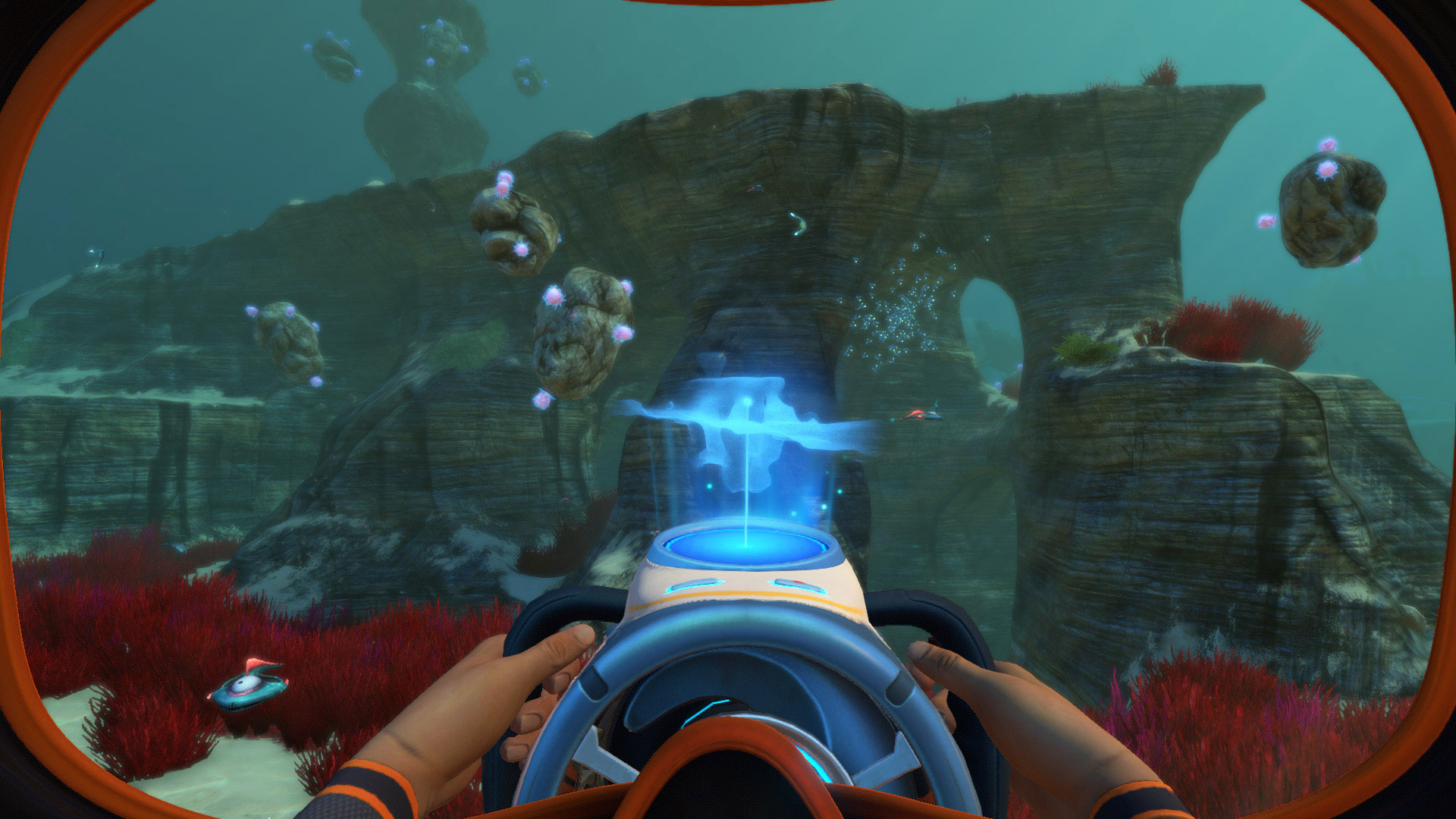 Subnautica by Unknown Worlds Entertainment
Subnautica by Unknown Worlds Entertainment
Introduction
Subnautica is a first-person, open-world, survival-adventure game set in the alien planet 4546B, with a vast ocean full of flora and fauna for the player to explore, among other mysterious things. The player is quite literally thrown into an underwater world of unknown as soon as the game starts and is left with two things: a damaged lifepod, and a lot of questions. Throughout the campaign, the player collects resources to survive, craft, explore, and uncover the mysteries that the alien world has to offer.
Lens 7: Elemental Tetrad
Aesthetics
Subnautica’s world, despite having fictional organisms that don’t resemble ones found in real life, is a highly believable and convincing underwater world. The starting area of Subnautica, the Safe Shallows, mimics an ocean the way we know it as, by having a diverse ecosystem ranging from corals, harmless fishes for human consumption, and predatory fishes that retaliate when threatened.
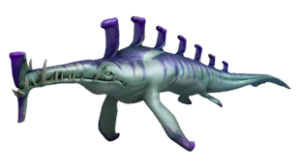
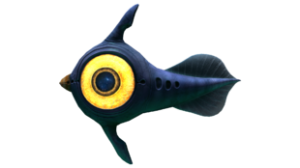
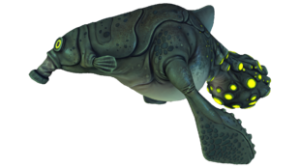
Figure 1: Fauna of Safe Shallows. Left to Right: Stalker, Peeper, and Gasopod.
However, venturing further and deeper from the Safe Shallows, things get weirder, more dangerous, and further away from the player’s expectations of a safe ocean, like how players would imagine the deep oceans to be. This is how the developers of Subnautica use a player’s preconceived notions and expectations of an “ocean” and “deep waters” to build a believable world that players fully immerse themselves in.
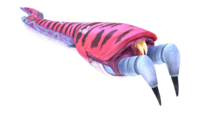
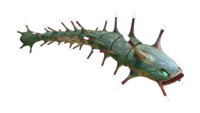
Figure 2: Dangerous Fauna found in deeper biomes. Left to Right: Crabsnake, and Ampeel
Mechanics
Subnautica is all about exploration and adventure. Scripted events that occur throughout the game often prompt the player to go to a specific location that is often deeper and further from the safe zone, or to find a location that is in an area that the player has yet to venture into. For example, distress calls sent to the player’s radio will often send specific coordinates that show up on the player’s Heads-Up Display (HUD), and is a simple task that gives the player a sense of direction in an otherwise open-ended world, and along the way the player will discover new creatures, resources, and biomes.
Story
The player takes on the character of Ryley Robinson, the lone survivor of the Aurora crash, and his objective is to escape Planet 4546B and back to Earth. However, as he explores the planet, he begins to uncover the history behind Planet 4546B, the inhabitants that came before, both human and alien. He tries to escape the planet via the Sunbeam, a passing cargo ship, but it was shot down by an alien facility, which Ryley will then have to find a way to deactivate.
The story of Subnautica is both linear and emergent, which plays into its open-world. Set plot points such as the Aurora’s explosion and the Sunbeam’s evacuation efforts will always happen, and they serve to push the narrative forward while the player explores the world. While the game offers scripted events in the form of distress calls, the player can opt not to go to them and still complete the game.
Technology
Subnautica is playable in VR, with headsets such as the HTC Vive and the Oculus Rift, with the input of keyboard and mouse or a game controller. The game is also made in Unreal Engine 4.
Lens 18: Flow
Subnautica constantly challenges the player to venture into deeper waters, usually with harsher terrain and more aggressive creatures, in order to progress with the game. Players might find it too hard to enter a dangerous, and essential biome like the Lava Castle for the Kyanite resource, however a player can always return to base, build himself a Prawn Suit (which should be available at this point), and have a sturdy vehicle to navigate the Lava Castle in, and collect Kyanite in the safety of the suit. In this way, Subnautica effectively turns challenges that can be solved in more interesting ways, which usually involve exploration and crafting.
Figure 3: The unforgiving Lava zone biome
Lens 4: Curiosity
Half of Subnautica’s experience is curiosity. The other is the player’s resolution of said curiosity. Often while exploring, players will meet a temporary obstacle that they can’t overcome with their current equipment, and will naturally feel curious about what’s behind it, like a door that requires a Laser Cutter to get through, or a biome too deep for his Seamoth to venture deeper without appropriate Depth Upgrades. To reinforce this form of gameplay, rewards often lie beyond said obstacles, and hence lead players to actively solve newfound obstacles.
Figure 4: A sealed door being opened by a Laser Cutter
Lens 5: Endogenous Value
While the end goal is made clear to the player at the start of the game in Subnautica, working towards getting off the planet is not the endogenous value of the game. Ironically, exploration of the planet itself is endogenous to the game’s value, so much so that I felt a bittersweet feeling after managing to escape the planet full of diverse and interesting biomes, with lots still left to do.
The feeling of novelty every time the player picks up a new raw material, encounters a new creature, enters a new biome, and experience a new part of the narrative, is the experience that Subnautica offers to its players. The novelty keeps players wanting more from Planet 4546B to explore, and I believe that this is the most important part of Subnautica.
Lens 9: Unification Theme
Every single gameplay mechanic Subnautica has to offer points towards exploration. A prime example is its survival aspect, which features thirst and hunger meters. When a player gets hungry or thirsty while exploring and does not have food and water reserves in his limited inventory, he is forced to stop exploring, and return to his base for food and water. The survival mechanic clearly inhibits one’s ability to explore in Subnautica. However, by forcing the player back to base, which often has a bigger inventory of resources gathered from the past and a Fabricator which can craft more items, Subnautica gets the player to revisit what he can and cannot craft, so that the player either gets a hint as to what he needs to look out for and where to go, or unlocks an entirely new area for exploration made possible with new equipment, for his next venture.
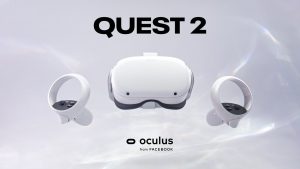
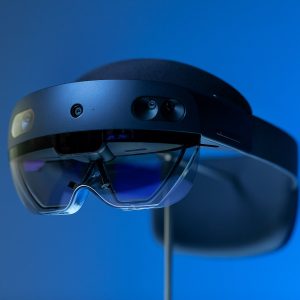

 Subnautica by Unknown Worlds Entertainment
Subnautica by Unknown Worlds Entertainment





